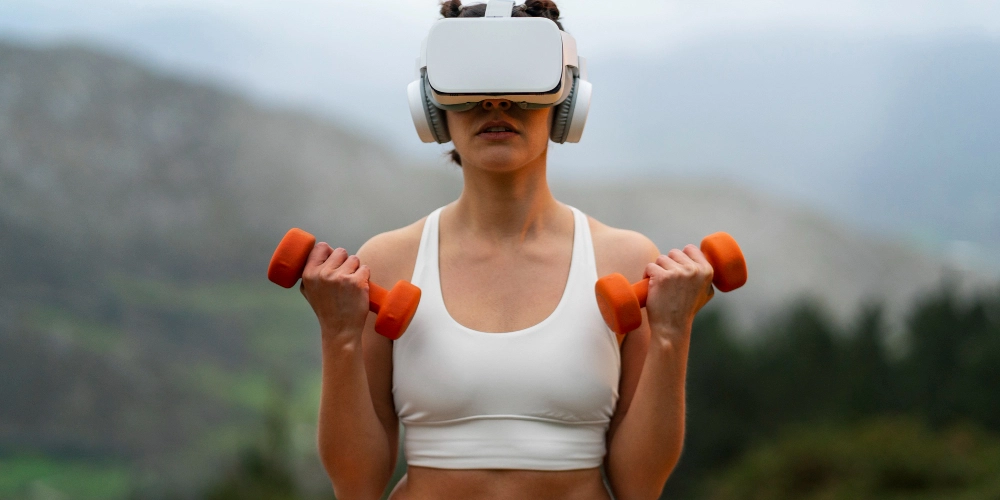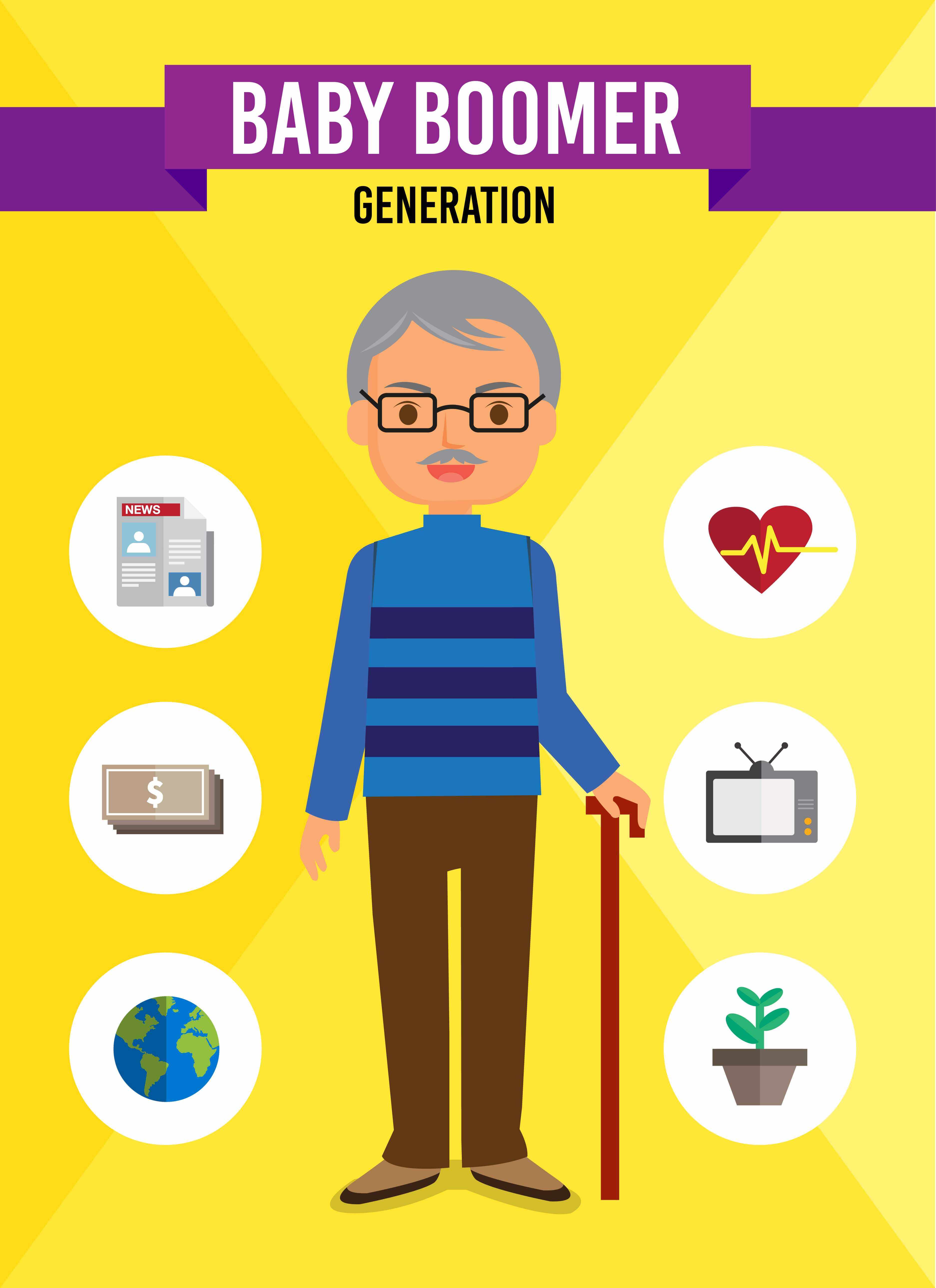Ai-powered Wearables: The Future Of Personal Health

Introduction
Picture this: a small device on your wrist that tracks your heartbeat, reminds you to drink water, and even warns you when you’re too stressed. It’s not a gadget from a sci-fi movie—it’s an AI-powered wearable, and it’s changing how we care for ourselves. These tiny devices use artificial intelligence to understand your body better than ever before. From smartwatches that monitor your sleep to fitness bands that count your steps, AI wearables act like a personal health coach, always ready to guide you toward better habits.
The world of health is evolving fast, and AI-powered wearables are leading the charge. They’re not just cool gadgets; they’re tools that help you live longer, feel better, and catch problems before they get serious. In this blog, we’ll explore how these devices work, why they matter, and how they’re shaping the future of personal health. Get ready for a fun, easy-to-read journey into the world of AI wearables, packed with tips, stories, and ideas to inspire you!
1. What Are AI-Powered Wearables?
AI-powered wearables are devices you wear—like watches, rings, or bands—that use artificial intelligence to track and analyze your health. Unlike regular fitness trackers, these gadgets don’t just count steps or calories. They’re smart enough to understand patterns in your body, like how your heart rate changes when you’re stressed or why you’re waking up tired. AI is like the brain inside these devices, making sense of all the data they collect.
For example, a smartwatch might notice your heart rate spiking during a meeting and suggest you take deep breaths. Or a fitness band could warn you that you’re not sleeping well because you’re drinking coffee too late. These devices use sensors to collect information about your body—things like pulse, temperature, or even how much oxygen is in your blood. Then, the AI crunches those numbers and gives you advice that’s tailored just for you.
The best part? They’re easy to use. You don’t need to be a tech genius to wear one. Just strap it on, and it starts working. Companies like Apple, Fitbit, and Garmin are making wearables that are sleek, comfy, and packed with AI smarts. In the future, we might even see earrings or glasses that do the same job!
2. How AI Makes Wearables Smarter
So, what makes AI so special in wearables? It’s all about learning. Regular devices just show you raw numbers—like how many steps you took. But AI-powered wearables study those numbers and figure out what they mean for you. This is called machine learning, a fancy term for teaching computers to spot patterns and make predictions.
Let’s say you wear a smartwatch every day. Over time, the AI learns your normal heart rate, sleep habits, and activity levels. If something changes—like your heart rate jumping for no reason—the device notices and alerts you. This is a big deal because it can catch health problems early. For example, some wearables can spot signs of atrial fibrillation, a heart condition, before you even feel sick.
AI also makes wearables personal. If you’re training for a race, your device might suggest a running plan based on your fitness level. If you’re trying to relax, it could guide you through a breathing exercise. The AI looks at your data and gives advice that fits your life, not just generic tips. Plus, it gets smarter the more you use it, learning from your habits to give better suggestions over time.
3. Why AI Wearables Are a Game-Changer for Health
AI-powered wearables are more than just cool tech—they’re revolutionizing how we stay healthy. In the past, you’d need to visit a doctor to check things like your blood pressure or sleep quality. Now, you can get that info right on your wrist, any time of day. This makes it easier to catch problems early, which can save lives.
Take heart health, for example. Studies show that wearables with AI can detect irregular heart rhythms with up to 97% accuracy. That’s almost as good as a hospital machine! By spotting these issues early, you can talk to a doctor before things get worse. Wearables are also great for managing chronic conditions like diabetes. Some devices track blood sugar trends and send alerts if levels go too high or low.
Mental health is another big win. Stress and anxiety are hard to measure, but AI wearables can track signs like changes in heart rate or sleep patterns. They might suggest meditation or a walk when you’re feeling overwhelmed. This kind of real-time support helps you feel in control of your emotions.
Plus, wearables make health fun. They turn exercise into a game, rewarding you with badges for hitting goals. They also connect you to friends, so you can compete to see who walks the most steps. By making health exciting, wearables motivate you to stick with good habits.
4. Real-Life Benefits of AI Wearables
Let’s talk about how AI wearables make life better every day. Imagine you’re a busy parent juggling work, kids, and errands. You barely have time to think about your health. A wearable can remind you to take breaks, drink water, or go for a quick walk. It’s like having a friend who’s always looking out for you.
For athletes, wearables are a dream come true. They track performance—like how fast you ran or how much energy you burned—and suggest ways to improve. If you’re overtraining, the AI might warn you to rest to avoid injury. This helps you push yourself without going too far.
Older adults love wearables, too. Devices like fall detectors can sense if someone trips and send an alert to family or doctors. Some wearables even remind seniors to take their medicine, helping them stay independent. For people with conditions like asthma or epilepsy, wearables can track symptoms and share data with doctors, making checkups more accurate.
Even kids are getting in on the fun. Some wearables designed for children encourage them to play outside or get enough sleep, teaching healthy habits early. No matter who you are, there’s a wearable that fits your needs, and the AI inside makes sure it’s working just for you.
5. The Technology Behind AI Wearables
Ever wonder what’s inside an AI-powered wearable? It’s like a mini-computer packed with tiny parts. First, there are sensors—little tools that measure things like your heart rate, skin temperature, or how much you’re moving. These sensors collect data every second you wear the device.
Next comes the AI, which lives in the device or in the cloud (a big computer far away). The AI takes all that data and turns it into something useful. For example, it might notice you’re not sleeping well and suggest cutting back on screen time before bed. To do this, the AI uses algorithms—think of them as recipes that tell the computer how to solve problems.
Wearables also need power to run, so they have small batteries that last days or even weeks. They connect to your phone through Bluetooth, letting you see your health stats on an app. Some devices even have screens, so you can check your data right on the wearable itself.
The tech is always improving. New sensors can measure things like hydration or muscle recovery. Faster AI means better predictions, and smaller designs make wearables comfier to wear. It’s an exciting time, and the future holds even more surprises!
6. Story Integration: A Peek Into Wearable Innovation
At a tech conference last year, a friend shared a fun story about meeting a group of developers during a coffee break. They were casually tweaking a fitness tracker’s interface, making it easier for users to read their health stats. What caught my attention was how passionate they were about creating tools that help people live better. They were part of a team focused on app development in London, working to connect wearables with apps that give clear, personalized health advice. It was a small moment, but it showed how much thought goes into making these devices user-friendly. Their work wasn’t about flashy features—it was about helping someone like you or me understand our health better. That kind of dedication is what drives the wearable industry forward, blending AI smarts with real-world impact. It’s a reminder that behind every great device is a team of people working to make our lives healthier and happier.
7. Challenges and Concerns with AI Wearables
AI wearables are amazing, but they’re not perfect. One big worry is privacy. These devices collect tons of personal info, like your heart rate or sleep habits. If that data gets hacked or shared without permission, it could be a problem. Companies are working hard to keep your info safe with encryption and strict rules, but it’s something to think about.
Another challenge is accuracy. While AI is super smart, it’s not always 100% right. For example, a wearable might mistake a fast heartbeat from excitement for a health issue. This is why doctors say wearables are great for tracking trends but shouldn’t replace medical tests. Always check with a pro if you’re worried.
Cost is also an issue. Some wearables are pricey, making them hard for everyone to afford. The good news? Prices are dropping as tech gets cheaper, and more affordable options are popping up.
Finally, some people find wearables overwhelming. Getting constant alerts about your health can feel stressful. The trick is to customize your device—turn off notifications you don’t need and focus on what matters to you. With a little tweaking, wearables can be a help, not a hassle.
8. The Future of AI-Powered Wearables
What’s next for AI wearables? The future looks incredible! Soon, we might see devices that predict health problems days before they happen. Imagine a wearable warning you about a cold before you even sneeze. Researchers are working on AI that can analyze tiny changes in your body to catch things like infections or fatigue super early.
Wearables could also get smaller and comfier. Picture a sticker on your skin or a ring that tracks your health without you even noticing. Scientists are even exploring wearables that power themselves using your body’s heat or movement, so you never need to charge them.
Another big trend is teaming up with doctors. In the future, your wearable might send real-time data to your doctor, helping them spot issues without an office visit. This could make healthcare faster and cheaper, especially for people who live far from hospitals.
Plus, AI wearables might help whole communities. For example, if lots of people in one area show signs of stress or illness, wearables could alert public health teams to step in. It’s like turning personal health into a tool for everyone’s well-being.
9. Tips for Using AI Wearables Effectively
Ready to try an AI-powered wearable? Here are some tips to make the most of it:
Pick the Right Device: Choose a wearable that fits your goals. If you love running, get one with strong fitness tracking. If you want better sleep, look for a device with sleep analysis.
Wear It Regularly: The more you wear it, the smarter the AI gets. Try to keep it on most of the day and night for the best data.
Check Your Stats: Look at your health reports weekly to spot trends. Are you sleeping less? Moving more? Use the info to make small changes.
Set Realistic Goals: Don’t aim to run a marathon on day one. Start with simple goals, like walking 5,000 steps, and build from there.
Keep It Charged: A dead battery means no data. Charge your device regularly, and look for ones with long battery life.
Stay Curious: Explore new features, like stress tracking or guided workouts. You might find a tool that changes your routine for the better.
With these tips, your wearable will feel like a partner, not just a gadget. Have fun experimenting and learning about yourself!
Conclusion
AI-powered wearables are more than just trendy accessories—they’re a peek into the future of health. By blending smart tech with personal care, they help us understand our bodies, catch problems early, and live better every day. From tracking your heart rate to cheering you on during a workout, these devices are like a coach, doctor, and friend all rolled into one. And the best part? They’re getting smarter, smaller, and more helpful all the time.
As you step into this exciting world, think about what matters most to you—more energy, better sleep, or maybe just a little less stress. There’s a wearable out there ready to help you reach your goals. So why not give it a try? Strap on a device, start exploring, and discover how small changes can lead to a healthier, happier you. The future of personal health is here, and it’s right on your wrist!


